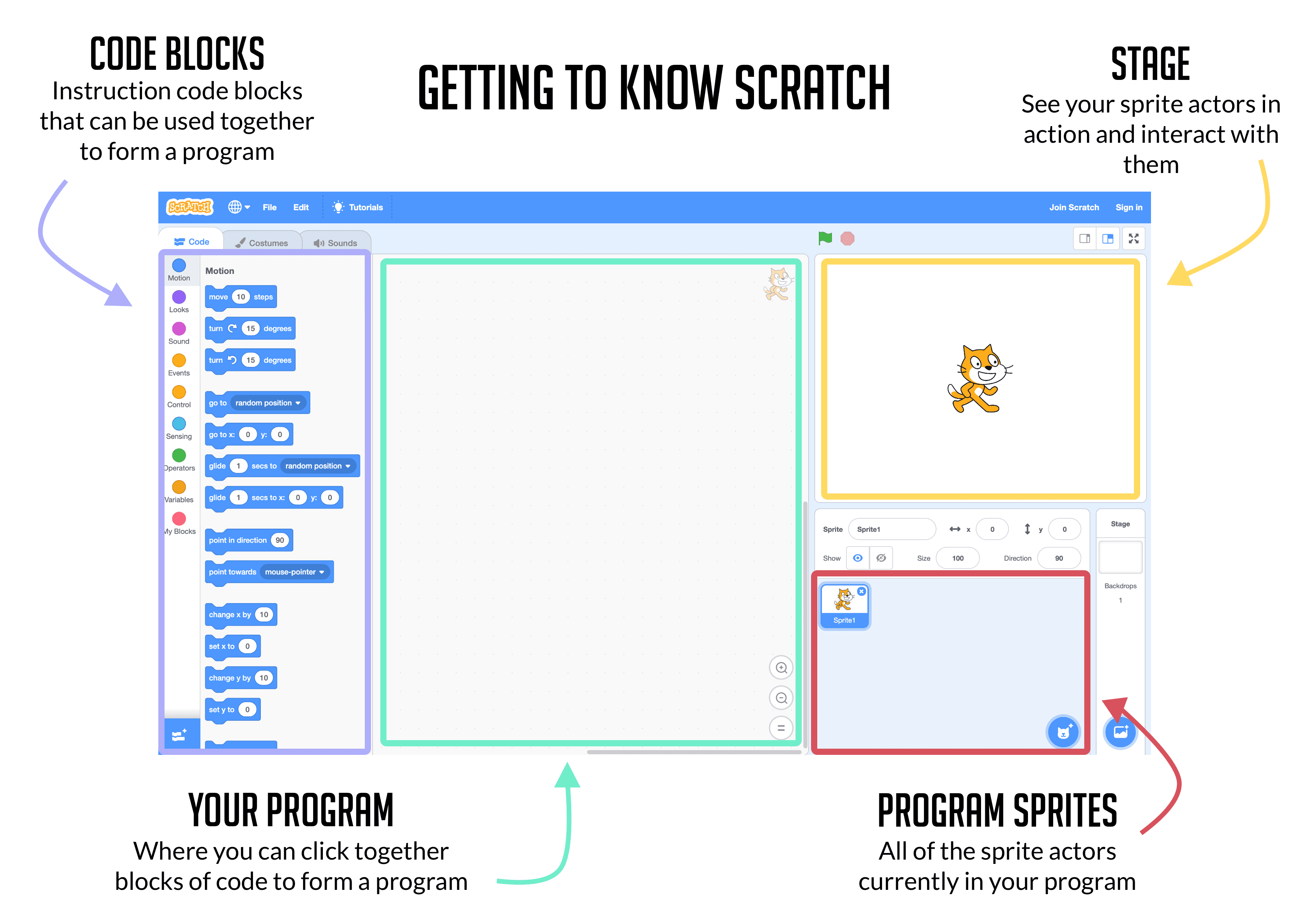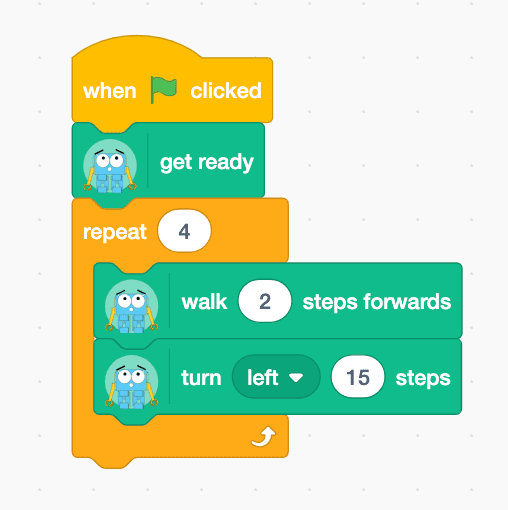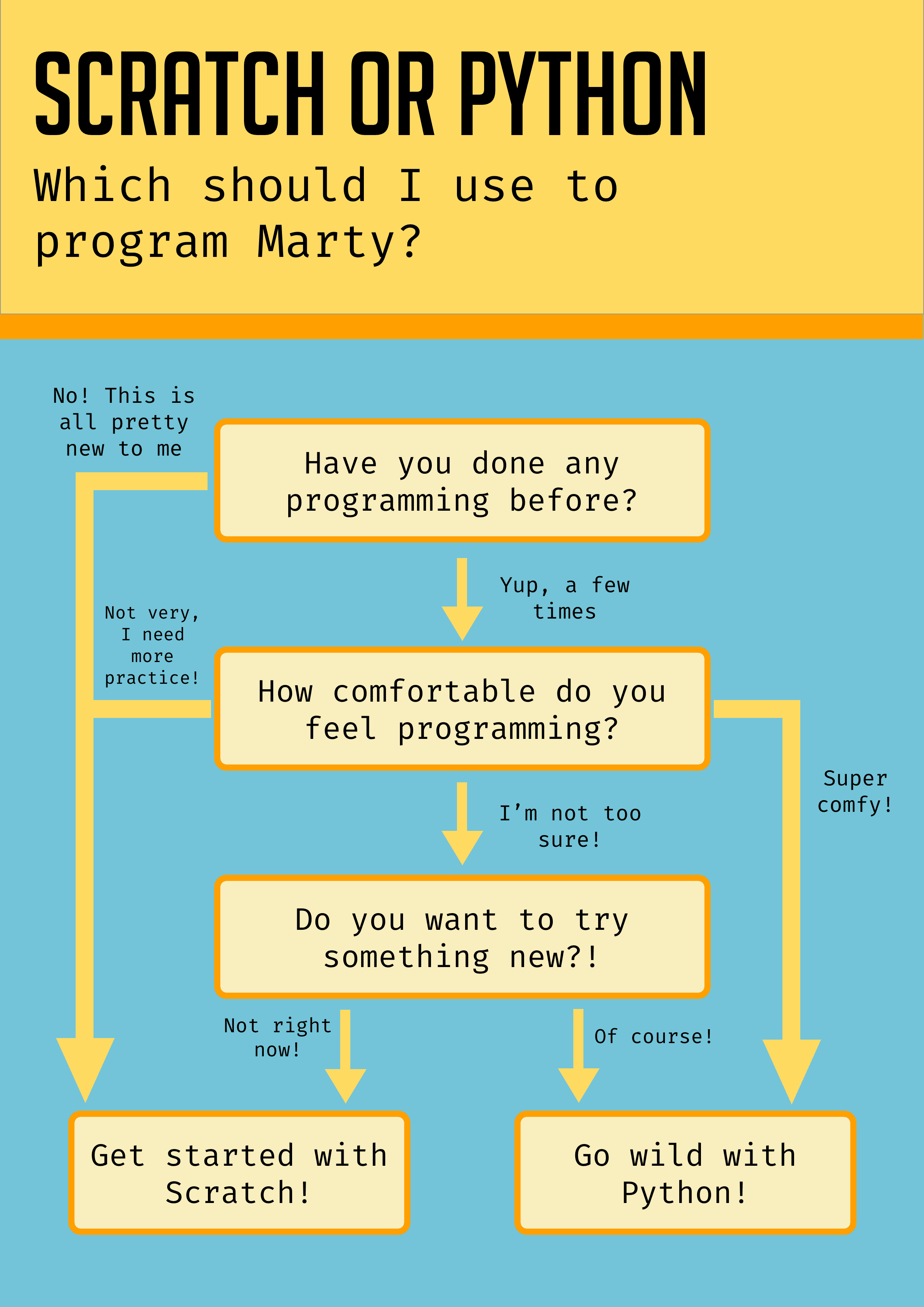Scratch is a widely used platform that encourages creativity through block-based programming. Students drag, drop and click blocks of coding instructions together to build up their program, allowing for a much more visual approach to programming compared to traditional text-based languages like Java or Python
Typically, Scratch could not be used on any tablets but only laptop or desktop computers. This was because it required the use of a technology called a Flash player which was not supported when using tablets. However, with the introduction of Scratch 3, this is no longer an issue.
In January this year, Scratch 3 was fully released to the public which meant that it could now be used with a wider range of devices, including tablets. Making Scratch available on more devices allows for the platform to become even more accessible to be used in the classroom or at home.
However, this is not the only change that Scratch 3 has to offer. It has a different appearance on our screens as shown in the image below,

Scratch 3 now introduces an easy and simple way to add extensions to your project so you can now incorporate technology like video sensing or text translation. Or how about taking Scratch off the screen using Marty the Robot or the Micro:Bit? This can now be done using Scratch 3 extensions allowing students to see their programs come to life through physical computing. You can find out how to get started with using the Marty the Robot extension with Scratch 3 here.

Adding one of these extensions will add a new set of programming blocks to the list of code blocks on the left hand side of the screen. These blocks can interact with some of the other more traditional Scratch coding blocks so that you can still incorporate programming concepts such as if statements and loops into your program. For example, below is an example of a short program where we have used coding blocks for programming Marty the Robot along with the traditional Scratch coding blocks. In this example, we have programmed Marty to walk in a square,

Scratch is a fantastic tool for not only introducing learners to programming but also getting them excited about computing and engineering due to the accessibility of the language. We have lots of resources on our website for using Marty the Robot with Scratch. You can also join our newsletter to stay up to date with our latest learning material releases so that you can continue to inspire the next generation of engineers right in your classroom!
Maybe you’re unsure about whether you should be using block-based or text-based programming languages with your students? This can be a difficult decision to make. It’s important that students aren’t scared away from programming and computer science by going too deep too quickly but you still want to keep everyone’s interests peaked! There is no right or wrong answer and if you feel comfortable you could have students doing the same project but letting them decide whether to use Scratch or Python. Here’s a handy flowchart to help with that decision!

The introduction of Scratch 3 has allowed for a fantastic platform to become even more accessible through being compatible with tablets. And with the new addition to easily add extensions, you can control your favourite robot, Marty, using a platform that your students already have experience with!
Don’t forget to check out our Scratch lesson plans and if there’s something missing from our catalogue of lessons that you would like to see included – get in touch!



Other posts you may like
Why Probeware Matters in Science Education
In today’s classrooms, hands-on learning is essential. Students learn best when they can see, measure, test, and experience concepts directly. That’s where probeware comes in. By giving learners the tools...
Raspberry Pi and Marty the Robot
Marty doesn’t require a Raspberry Pi to be programmable in unplugged mode, Blocks Jr, Blocks, or python, but it is super-easy to add a Raspberry Pi computer to Marty the…
The Importance of Physical Computing: Why Hands On Coding Matters
What is physical computing? Physical computing is the use of code to control and interact with devices in the real world. Instead of running programs only on a screen, students...
TRY MARTY
FOR FREE
Are you looking for new STEM resources for your classroom? Robotical are loaning Marty the Robot to schools for no-obligation, 2 week trials.